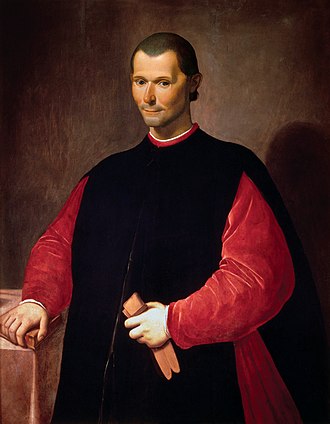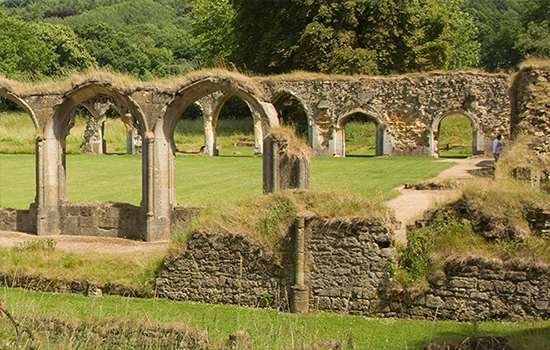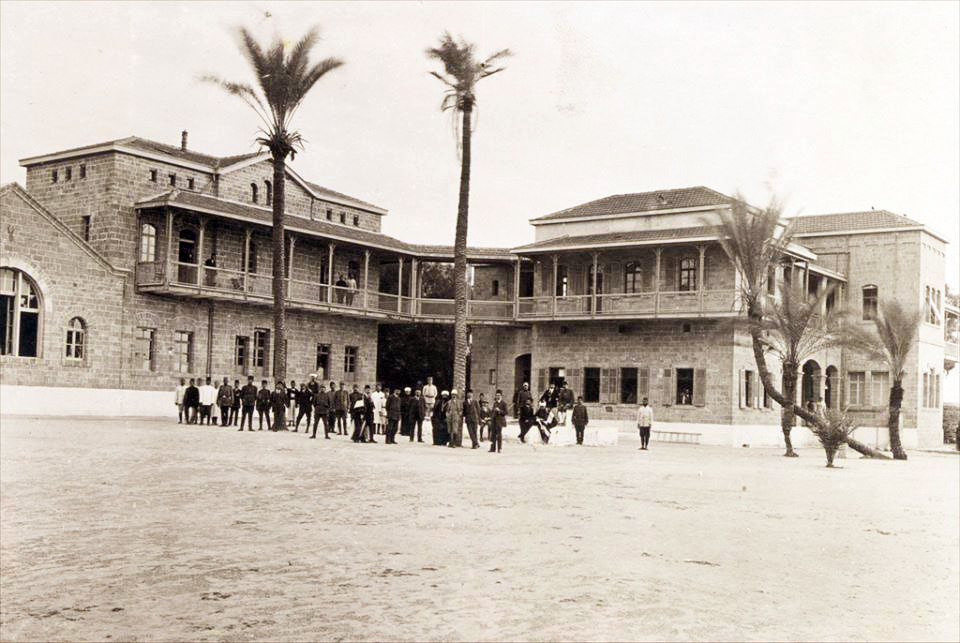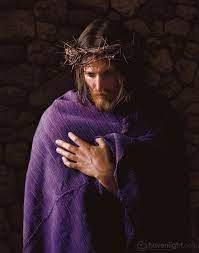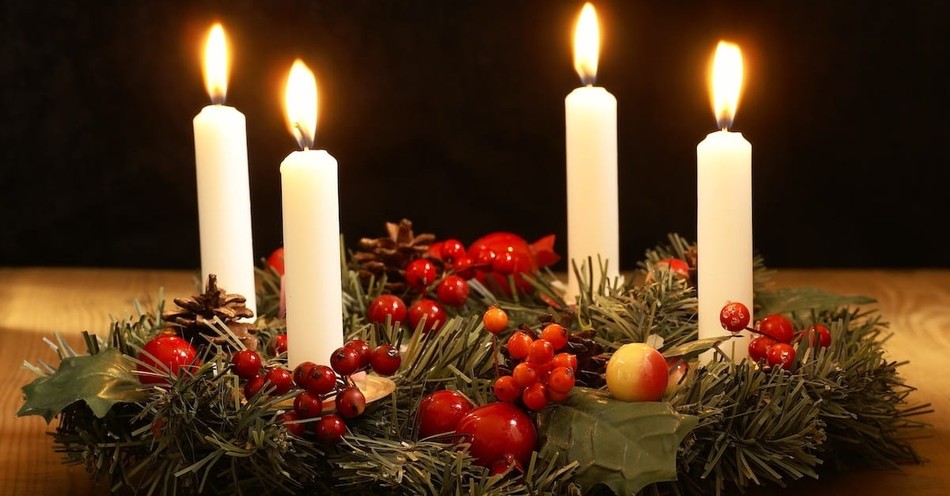
We are well into Advent. Most people think of this as a count-down to Christmas and even within the church, this is now a large part of what it is about. However, originally it had a much more sombre feel. It was a time of preparation, for the end of time itself and also for our own end. Sermons focussed on the four “last things”, heaven, hell, death and judgement. Today in the church these get moved forward, to November and its emphasis on remembrance. But death is always with us. A recent survey has shown how quickly attitudes to death and, most especially, funerals are changing. Only 47% of those in the survey say that they want a funeral; the preferred option is a direct cremation with the money instead being spent on a party to celebrate the life of the deceased. Funerals are considered expensive but also gloomy. The first of these perceptions is true but, speaking as someone who buries people for a living, I do not recognise the “gloomy” bit. I do not think I have been to or lead a funeral where there has not been smiles and laughter at some point, alongside the tears. Those include both religious services but also those led by humanist celebrants, who are equally aware of the need to balance the need for space to grieve and bring closure with celebration and commemoration of a life. I always think that the funeral is not ultimately for the deceased; God knows that person and was with them at their end. Instead funerals are their for us, the living, to allow us to say goodbye to our loved one but then start the process of saying hello to them, as they now live in our memories and ultimately rise with Christ.


